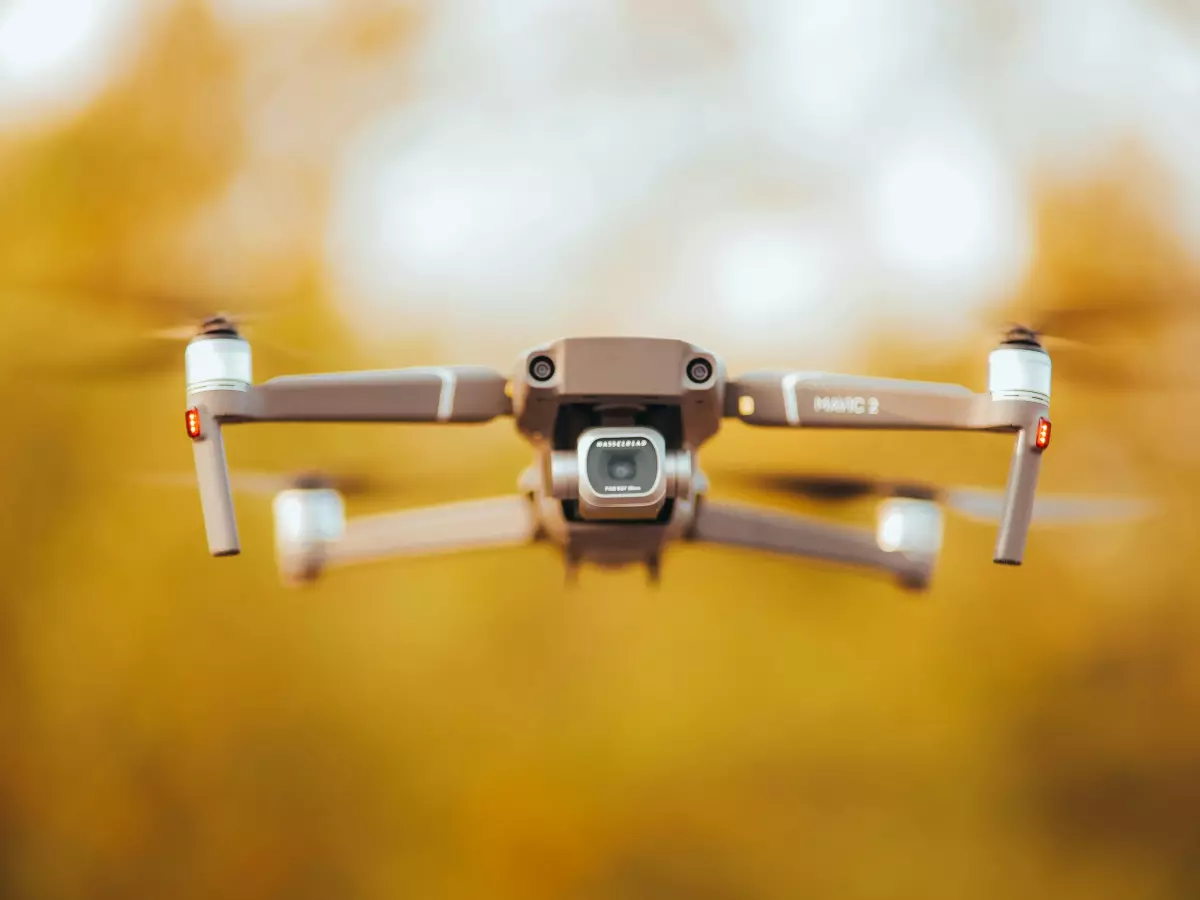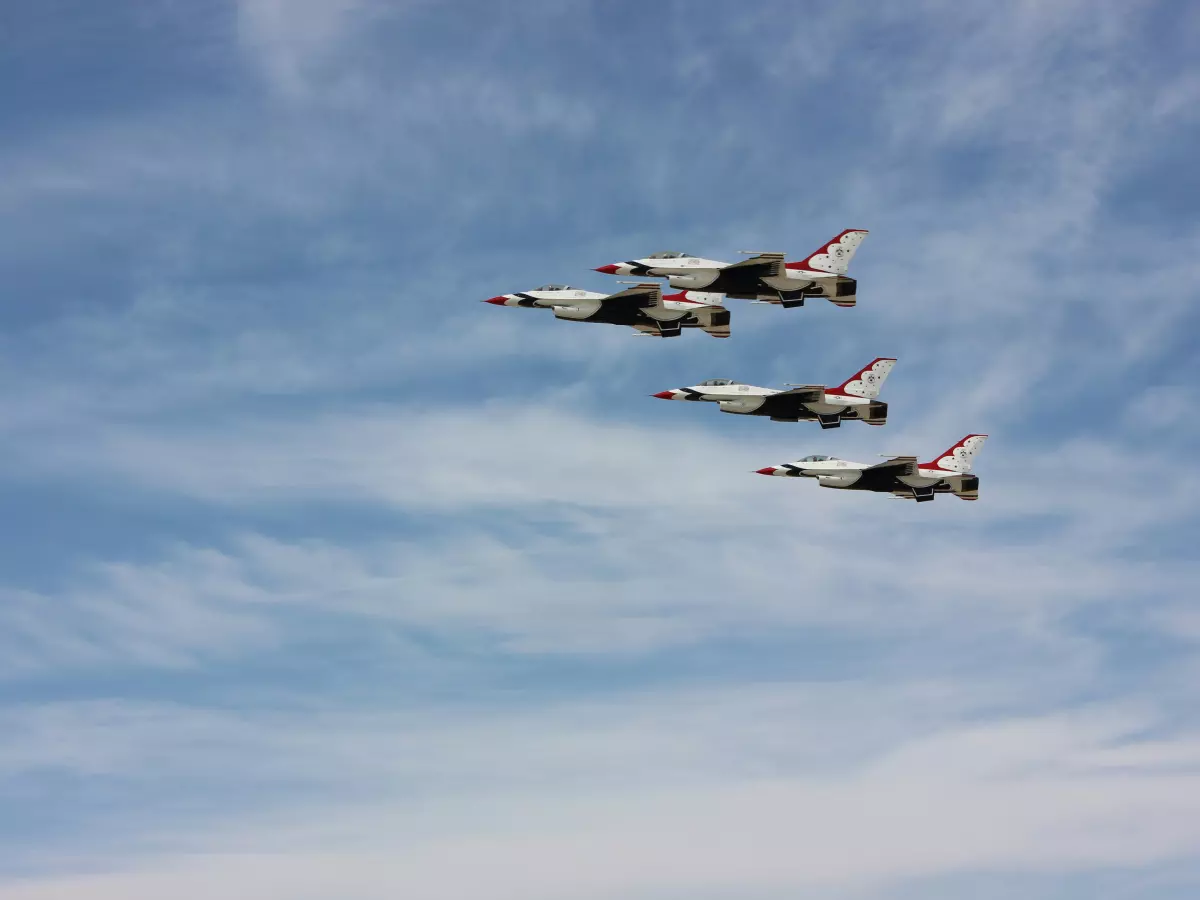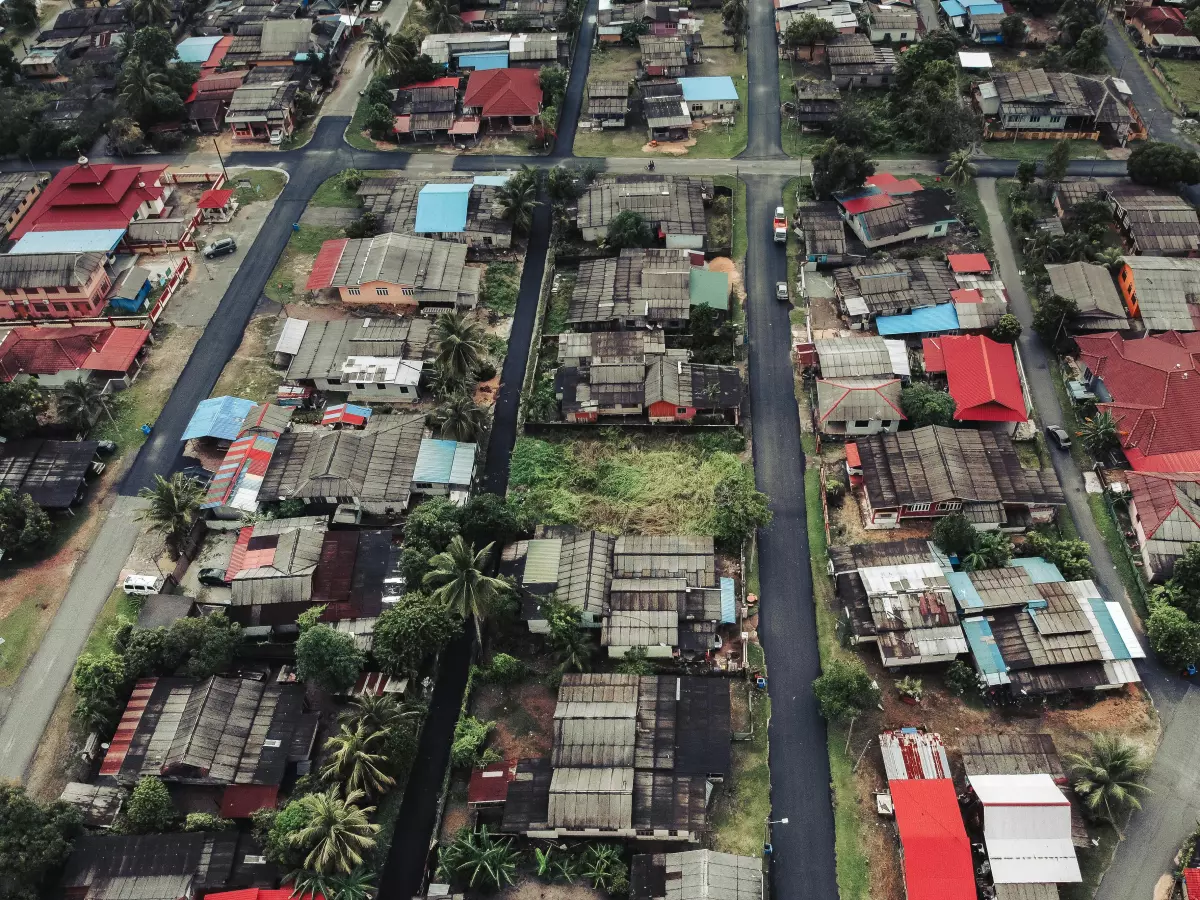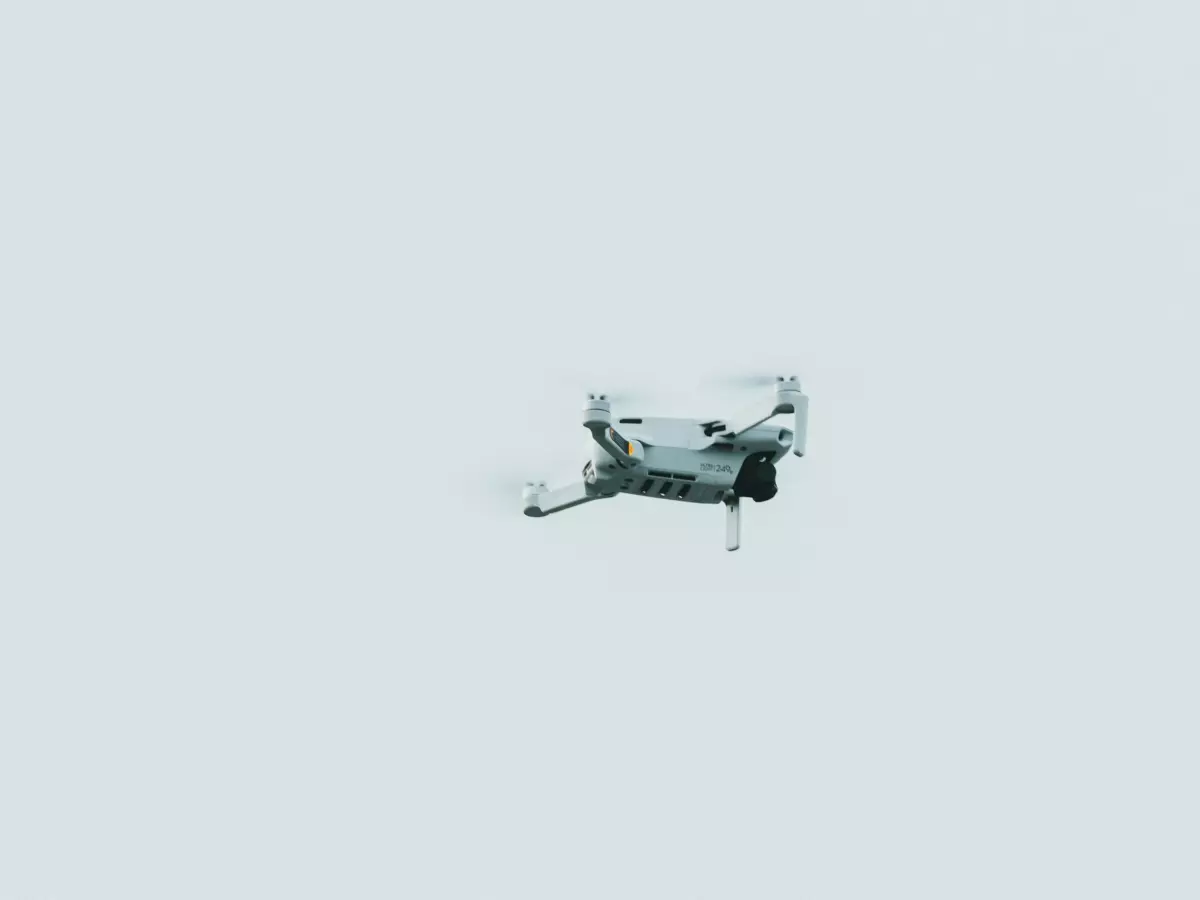Autonomy Unleashed
Did you know that autonomous drones can now fly over 90% of their mission without human intervention? That’s right—thanks to advancements in flight control software and sensor fusion, drones are becoming more independent than ever.

By James Sullivan
When you think of drones, you might picture a buzzing quadcopter zipping through the air, controlled by a joystick-wielding pilot. But what if I told you that the real magic happens when no one is holding the controls? Autonomous drones are here, and they’re not just following pre-programmed routes—they’re making real-time decisions, avoiding obstacles, and adapting to their environment. This leap in autonomy is made possible by two key technologies: flight control software and sensor fusion.
Flight control software is the brain of the drone, responsible for managing everything from basic flight stability to complex maneuvers. On the other hand, sensor fusion is the eyes and ears, combining data from multiple sensors to give the drone a comprehensive understanding of its surroundings. Together, these systems are pushing drone autonomy to new heights, allowing drones to operate with minimal human input.
So, what exactly is sensor fusion? In simple terms, it’s the process of combining data from different sensors—like cameras, GPS, and LiDAR—to create a more accurate picture of the drone’s environment. Think of it like this: if you were walking through a forest, you’d use your eyes to see the trees, your ears to hear the wind, and your sense of touch to feel the ground beneath your feet. Each of these senses gives you a piece of the puzzle, but it’s only when you combine them that you get a full understanding of your surroundings. That’s what sensor fusion does for drones.
But here’s the kicker: sensor fusion alone isn’t enough to make a drone autonomous. It’s the flight control software that takes this data and turns it into action. Imagine you’re driving a car. Your eyes see a stop sign, but it’s your brain that tells your foot to hit the brakes. In the same way, flight control software processes the data from sensor fusion and makes decisions about how the drone should respond. Should it slow down? Speed up? Change direction? These decisions are made in real-time, allowing the drone to navigate complex environments without human intervention.
How AI Supercharges Drone Autonomy
Now, let’s throw AI into the mix. Artificial intelligence is like the secret sauce that takes drone autonomy to the next level. While flight control software and sensor fusion can handle basic tasks like obstacle avoidance and route planning, AI allows drones to learn from their experiences and improve over time. For example, an AI-powered drone can analyze past flights to optimize its future routes, making it more efficient with each mission.
AI also enables drones to perform more complex tasks, like identifying specific objects or people. Imagine a search-and-rescue mission where a drone is tasked with finding a lost hiker in a dense forest. With AI, the drone can analyze its surroundings, recognize patterns, and zero in on the hiker’s location—all without human input. This level of autonomy is a game-changer for industries like agriculture, logistics, and emergency response.
But here’s the million-dollar question: how do flight control software, sensor fusion, and AI work together to create fully autonomous drones? The answer lies in their ability to complement each other. Sensor fusion provides the raw data, flight control software processes that data and makes decisions, and AI adds a layer of intelligence that allows the drone to learn and adapt. It’s like a well-oiled machine, with each component playing a crucial role in the drone’s autonomy.
The Future of Drone Autonomy
So, what does the future hold for autonomous drones? One word: scalability. As these technologies continue to evolve, we can expect to see drones taking on more complex tasks and operating in more challenging environments. For example, autonomous drones could be used to inspect infrastructure in remote areas, deliver medical supplies to disaster zones, or even assist in firefighting efforts. The possibilities are endless.
But with great power comes great responsibility. As drones become more autonomous, there’s a growing need for regulations to ensure their safe and ethical use. Governments and regulatory bodies around the world are already working on frameworks to address issues like privacy, security, and airspace management. It’s a delicate balance—one that will require collaboration between tech companies, policymakers, and the public.
At the end of the day, the goal of drone autonomy is to make our lives easier and safer. Whether it’s delivering packages, monitoring crops, or conducting search-and-rescue missions, autonomous drones have the potential to revolutionize the way we live and work. And with advancements in flight control software, sensor fusion, and AI, that future is closer than you might think.
So, the next time you see a drone flying overhead, take a moment to appreciate the incredible technology that’s making it all possible. Because behind every autonomous drone is a complex system of software and sensors working together to keep it in the air—and out of harm’s way.





